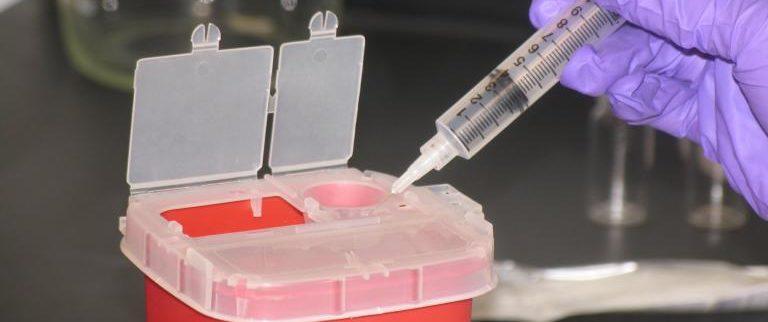The CDC defines biohazardous waste as “any waste that contains infectious materials or potentially infectious substances, such as blood.” This waste can be found in a variety of places, including doctor’s offices, dentist’s offices, public restrooms, and schools. While biohazardous waste is often thought of as medical waste, it can also include other types of waste, such as needles, blades, and glass pipettes.
Types of Biohazardous Waste
There are many types of biohazardous waste that can pose a serious threat to human health.
Human blood and blood products, for example, can contain dangerous viruses and bacteria that can cause serious illness.
Human body fluids can also contain harmful pathogens.
Pathological waste, such as tissue from autopsy or surgery, can also be contaminated with disease-causing organisms.
Microbiological waste, such as discarded cultures and specimen dishes, can also pose a serious health risk.
Sharps waste, such as used needles and broken glass, can also be contaminated with harmful materials and should be handled with care.

Biohazardous waste must be disposed of properly to reduce the risk of injury or infection. There are a variety of methods for biomedical waste disposal, including autoclaving, incineration, and chemical disinfection. The most important thing is to ensure that the biohazardous waste is properly labeled and segregated from other types of waste. By following these simple guidelines, we can help keep our community safe from harm.
Unlike other types of hazardous waste, there is no one federal agency that regulates biohazardous waste. As a result, it is up to each individual to take precautions to prevent infection. One way to do this is to follow the universal precautions approach, which means treating all biological materials as if they could contain an infectious disease. By taking this approach, you can help to protect yourself and others from the potential dangers of biohazardous waste.

